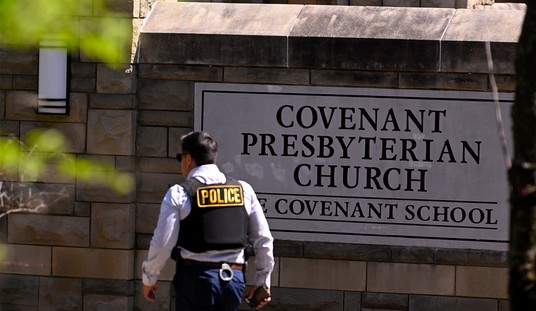Editor's note: This piece was co-authored by Brandon Arnold.
Congress and the President may have reached a deal on averting the “fiscal cliff,” but taxpayers shouldn’t even think about popping champagne corks. Though the negotiated package prevented most tax increases from taking effect, it did nothing to help resolve the overspending problem that is burying our nation in debt.
Tax receipts to the Treasury will now increase. However, the mounting deficit problem is not caused by a lack of revenues. Even if Congress had extended the Bush-era taxpayer relief laws for everyone, the Congressional Budget Office projects the federal government would be on pace to bring in around 17 or 18 percent of GDP a year in tax revenue over the next decade, which is right around historical norms. The real problem is that spending over this period is projected to continue to be 23 to 24 percent of GDP - well above its historical averages. This is unsustainable.
Unfortunately, Congress and the President have shown little willingness of late to cut spending. In fact, part of the fiscal cliff deal scrapped existing laws that would have reduced spending -- passing a one-year Medicare “Doc Fix” at a cost of $25 billion and pushing back by two months the $109 billion budget sequester.
Prompt action will be required in the New Year. The federal government has again reached the debt ceiling. The Treasury will no longer be able to borrow unless the President strikes a deal with Congress within the next two months. This is an excellent opportunity for serious spending reductions and entitlement reform that can bring the size of the government back to historical, sustainable, norms.
Recommended
But the new 113th Congress need not start from scratch. The National Taxpayers Union Foundation maintains a database called BillTally, which determines the bottom-line cost of nearly every significant piece of spending legislation. Early BillTally data for the 112th Congress identifies almost 300 bills to shrink expenditures, nearly any of which could be easily rolled into the debt ceiling deal to help bring the size of government back to manageable levels.
Though no spending cuts bills were signed into law in 2012, a few passed the House. For example, H.R. 3835 would have limited pay increases for Members of Congress and federal employees, thus saving $12.5 billion. Rep. Jason Chaffetz’s (R-UT) “Cut, Cap and Balance” bill, which would have saved taxpayers $111 billion, passed the House in July by a vote of 234 to 190 but failed in the Senate.
Some spending cut legislation in BillTally would have had a relatively modest fiscal impact, like a bill authored by Rep. Jeff Flake (R-AZ) to repeal a public awareness campaign highlighting preventive benefits under “Obamacare” – it would have reduced spending by just $2 million. Others like H.R. 4060 introduced by Rep. Chuck Fleischmann (R-TN), would have frozen spending and imposed strict budget caps that would have saved taxpayers an impressive $433 billion.
While $433 billion would have been a huge pare-back, the distinction for the bill that would have reduced spending the most belongs to one authored by Rep. Jack Kingston (R-GA). His “Return to Responsible Fiscal Policies Act,” according to NTUF’s methodology, would have cut approximately $562 billion from the annual budget through a cap on federal spending at 18 percent of GDP.
Sometimes in Washington, it seems partisanship continuously wins out at the expense of taxpayers. But as BillTally shows, several Democratic Members of Congress introduced legislation to trim outlays. Sen. Mark Pryor (D-AR) sponsored a bill that sought to cut $28 million in spending on Voice of America’s broadcasts to Cuba. Rep. Peter Welch (D-VT) had a bill that would have consolidated functions at the defense stores system and saved taxpayers $200 million.
These represent small steps compared to the overall budget, but could be opportunities to make bi-partisan progress on this critical challenge.
Perhaps the raw material contained in these proposals can help President Obama and Congressional leaders forge a bipartisan compromise to cut spending and put our nation back on firm economic footing (and there are even more options available online). Taxpayers and future federal budgets cannot afford to see serious spending reductions cast aside while tax hikes take center stage.


